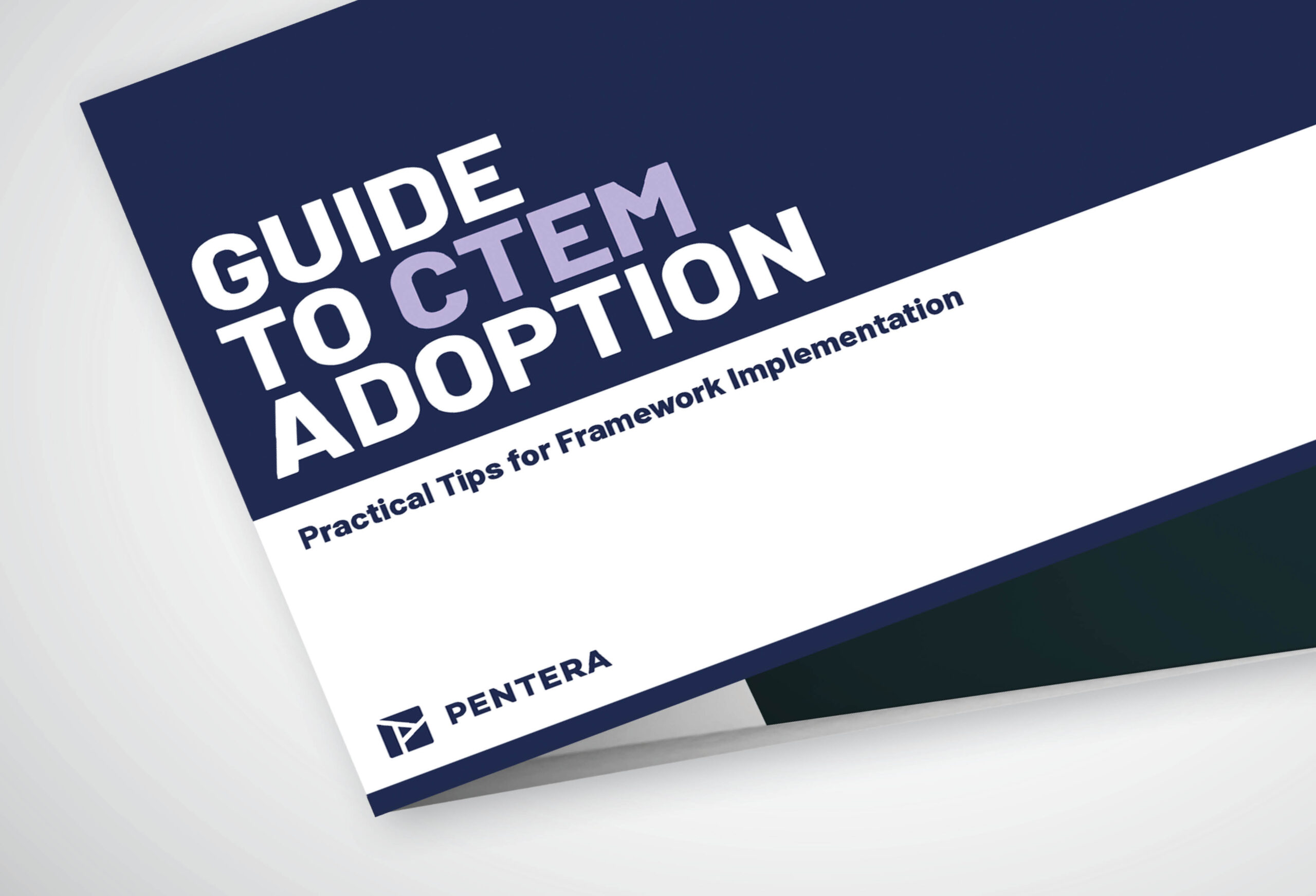What Is Shift Left?
Shift left refers to a cybersecurity approach whereby security measures are integrated earlier in the Software Development life Cycle (SDLC). The goal of shift-left security is to ensure that vulnerabilities are identified early on so that they can be remediated before deployment.
Why is shift left important?
The shift left approach is important because contributes to a proactive cybersecurity strategy. By enabling organizations to detect and remediate security vulnerabilities as early as possible, shift left empowers them to pre-empt potential threats and mitigate risk effectively. In this way, the shift left approach enhances an organization’s overall security posture and resilience.
What are the types of shift left tests?
Depending on the specifics of the application being developed, organizations may choose to use different testing methods. The most widely used test types include:
- Unit tests: Unit tests assess specific units of code, called modules, from a piece of larger software to evaluate their functionality. During the test, external processes are simulated so units are tested in isolation.
- Integration tests: Integration tests assess how an application functions as a whole to verify functionality between modules.
- API tests: API tests emulate API interactions to assess their functionality and verify that an API performs as intended in all situations.
- UI tests: UI tests are conducted at the UI layers, simulating user interactions to verify functionality and determine potential defects or vulnerabilities.
These tests are typically used within one of four main shift left testing methodologies:
- Traditional shift left testing: Traditional shift left testing focuses on implementing and testing security early on, primarily during the coding phase of development, to identify vulnerabilities early on and minimize the resource cost of remediation.
- Incremental shift left testing: Incremental shift left testing strives to incorporate, test, and improve security measures iteratively throughout the developmental cycle to facilitate continuous improvement.
- Agile/DevOps shift left testing: Agile/DevOps shift left testing concentrates on incorporating Agile and DevOps principles such as adaptive planning, continuous improvement, and rapid delivery from the outset. This enables operations, development, and security teams to work collaboratively, delivering secure applications quickly while also maintaining flexibility.
- Model-based shift left testing: Model-based shift left testing focuses on using models or simulations to forecast potential risks and validate security measures. This informs the developmental process to ensure secure software delivery.
What are the benefits of shift left?
The shift left approach offers a range of benefits to organizations who adopt it, chiefly the following:
- Risk mitigation: By implementing and testing security measures earlier in the developmental cycle, organizations can remediate issues before they can be exploited to reduce associated risks.
- Enhanced resilience: Integrating security measures early on ensures that applications have refined, robust controls in place by the time they are deployed.
- Regulatory compliance: By emphasizing security considerations from the outset, shift left ensures the applications are in compliance with regulations and industry standards.
- Resource efficiency: Implementing and testing security measures early on enables organizations to identify and remediate issues more quickly and easily, reducing the outlay involved.
What challenges and considerations exist with shift left?
As with all approaches to security, shift left comes with its own challenges, primarily the following:
- Skill gaps: Adopting a shift left approach requires organizations to have skilled, experienced professionals available to integrate security principles into the software development process. Some organizations may not have the personnel they need for this.
- Cultural transitions: Implementing the shift left approach requires organizations to enact a cultural change by mandating that development, operations, and security teams collaborate and share accountability. This can potentially cause confusion or friction if said teams are not accustomed to working in this way.
- Time constraints: Incorporating security processes into the developmental cycle increases the complexity of projects, resulting in time-consuming bottlenecks.
Prioritizing security with the shift left approach
Shift left is an approach to software development that contributes greatly to a strong security strategy. By emphasizing the implementation and testing of security measures in the first phases of the software development life cycle, shift left empowers organizations to identify and remediate issues as early as possible to minimize risks, optimize resource allocation, and enhance their overall security posture.
Why shift left is critical for microservices architecture?
Shift left is critical for microservices architecture because it gives organizations the ability to identify and resolve security issues early in the development process. This ensures microservices are secure and cannot be exploited in order to compromise larger IT environments.
When should organizations use shift left?
Organizations should adopt the shift left approach when developing software applications, integrating third-party services, or carrying out major updates. By applying the concept of shift left in these instances, they can ensure that fundamental security principles are embedded in the design of their IT infrastructure.
In what ways does shift left result in cost and time savings?
Shift left results in cost and time savings because it draws attention to potential issues early in the software development life cycle. By enabling teams to identify and remediate vulnerabilities while a project is in its early phases, the approach helps organizations avoid expensive and time-consuming reworks later on and minimizes the likelihood of a costly breach. Moreover, by incorporating security implementation and testing into the early phases of the software development life cycle, shift left can also streamline the development process to accelerate time to deployment.
How can organizations overcome resistance and implement shift left effectively?
Organizations can overcome resistance and implement shift left effectively by creating an organizational culture that embraces communication, collaboration, and continuous improvement. By fostering such an environment, putting the appropriate tools in place, and providing the necessary training in security and quality assurance, organizations can facilitate efficient collaboration between development, operations, and security teams. In doing so, they can ensure that shift-left principles are implemented effectively.
Test your SOC detection and response
Make sure the front line of your real-time security defense is on-guard.


